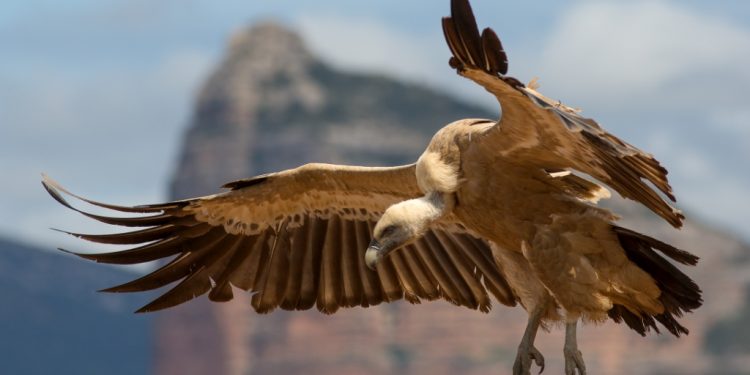BHUBANESWAR: Vultures, once part of popular Odia culture, have become almost extinct from the face of the capital city and even from the state. Not really known for their aesthetics or hunting skills, vultures are knows as nature’s best scavengers. However, these birds along with a few other species, have gradually been pushed from the category of endangered to extinct due to rapid urbanization and loss of green habitat.
“There are three species of vultures found in India, Odisha has two of them. The first is black or king vulture, this specie is almost extinct everywhere in the country. The second is white-backed Bengal vulture which is known ‘Gidha’ or ‘Saguna’ in Odia. About 50 years ago these were found aplenty in Odisha, especially in rural areas. The third one is White Scavenger, also known as Pariah Kite. Unlike other vultures, this particular type feeds on other smaller birds and rodents,” explained Rabindra Samal, an ornithologist, here.
A report by Bird Life International a decade ago stated that about 14 out of 52 near threatened bird species listed for India are in Odisha. Among the critically endangered types, Oriental White-backed Vulture and Long-Billed Vulture topped the list. The data was recorded on their presence in Bhitarkanika Wildlife Sanctuary, Sambalpur, North and South of Mahanadi and in Simlipal National Park.
Although no official data was available presently, if words of a number of forest officers, environmentalists, ornithologists and bird watchers are to be believed, 90% of vultures in the state have vanished. The phenomenon is more evident in urban surroundings especially those like the capital where lack of proper nesting grounds and food has stunted the specie’s flourish.
“One of the biggest reasons for their extinction is the use of Diclofenac. A non-steroidal anti-inflammatory drug used by veterinary surgeons administered to domestic animals to treat certain diseases. Livers of vultures get affected by Diclofenac when they feed on the decomposed flesh of such animals. Although the government has imposed a ban on its sale, the drug is easily available in the market,” former forest officer S K Patnaik said.
“Another reason is the lack of tall trees and food in the cities. Cyclones and urbanization has uprooted a large number of tall trees which is a natural breeding ground for these birds. Urban initiatives like Swachh Bharat Abhiyan have stressed on keeping the city cleaner and as a result carcasses of dead animals are quickly buried leaving no food for a bird species that only depends on dead and decaying matter for food,” he added.
While vultures were the critically endangered birds in the report the Great Indian Bustard (GIB) also featured in the same list. Facing a similar fate of vultures, GIB’s numbers have plummeted at a sharper rate and are nearing extinction. A recent report by Wildlife Institute of India (WII) stated that only 150 GIBs are left in India and less than 30 are in Odisha. They are dying at a rate of 15% annually.
Popular ornithologist Salim Ali in 1961 made an observation that the idea of selecting a national bird as to channel public attention towards a bird species that stood “in the greatest need of protection; especially where it was threatened with extinction because of public apathy or ‘direct human persecution”’.
However, more than 50 years from his recommendations, birds like Sarus crane, the numbers of which dropped sharply in the 19th and 20th centuries, swan (hamsa) and GIBs haven’t made the cut and little or less is being done for their preservation.
“The immediate need for the government is to implement massive breeding conservation programmes for these birds. Planting of trees with high tops should be made mandatory in urban locale. While it’s understandable that animal carcasses cannot be left in the city, a separate open ground can be made around dumping yards for their consumption,” Patnaik suggested.
Aviral Mishra, OP







































